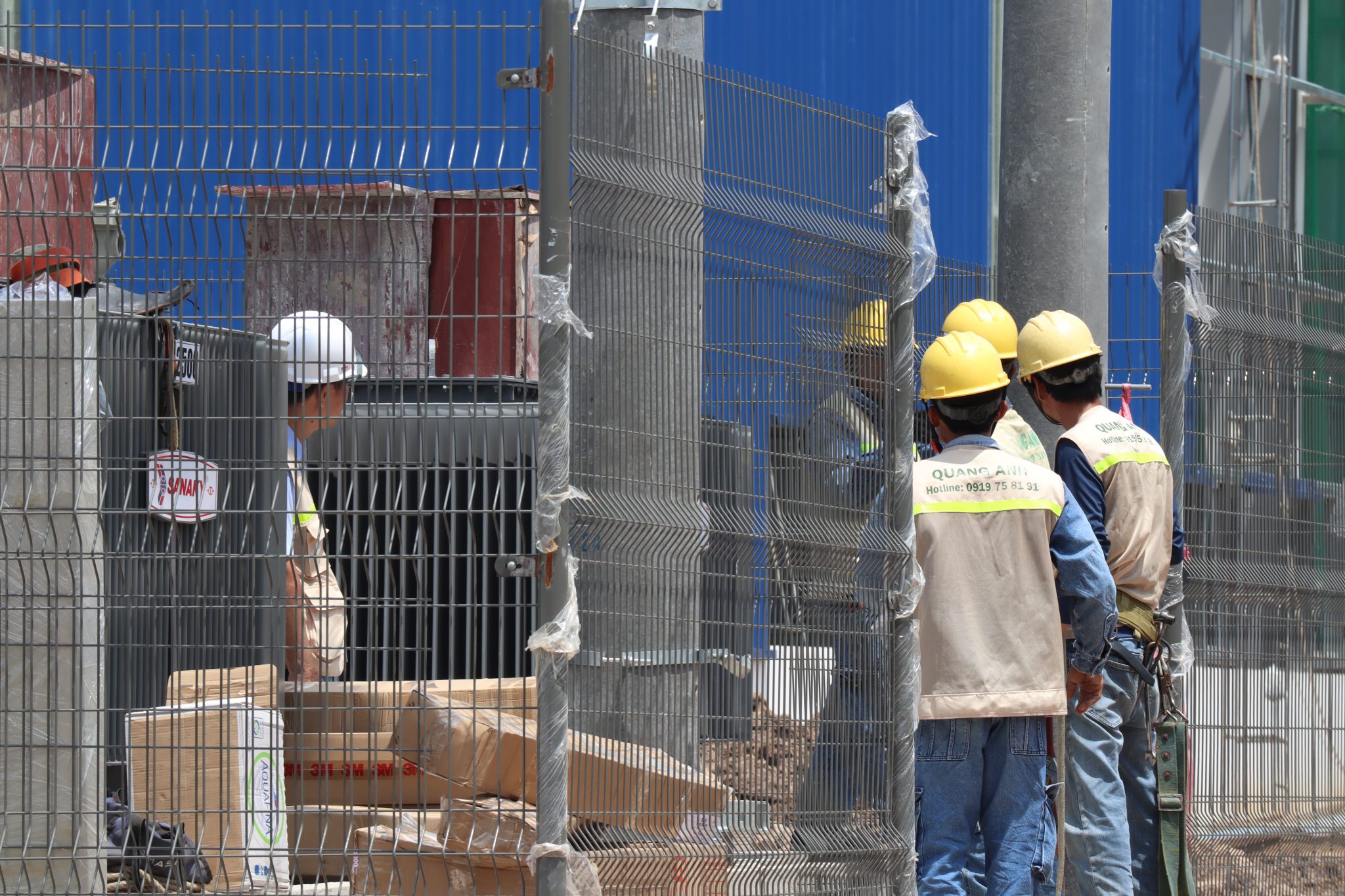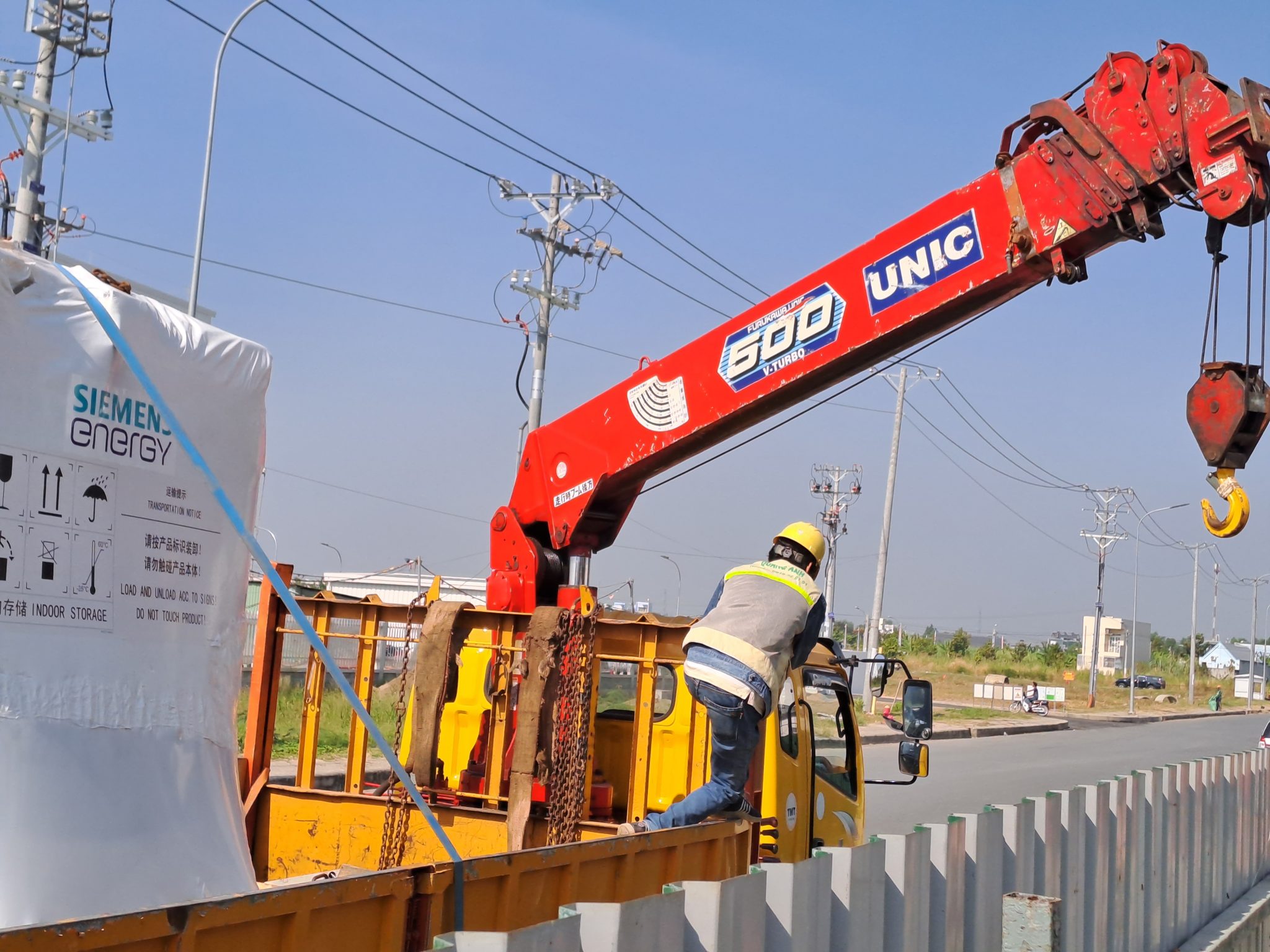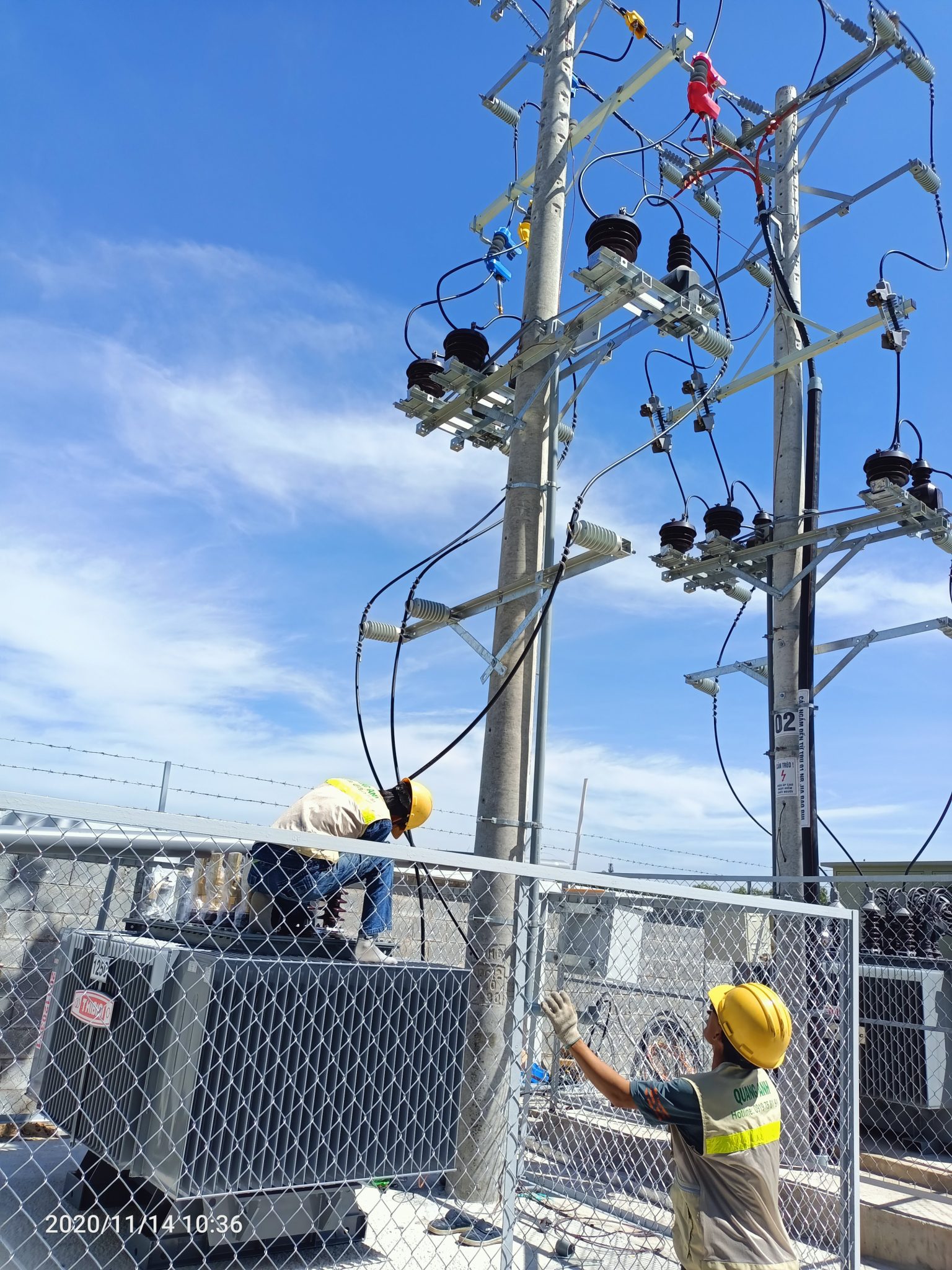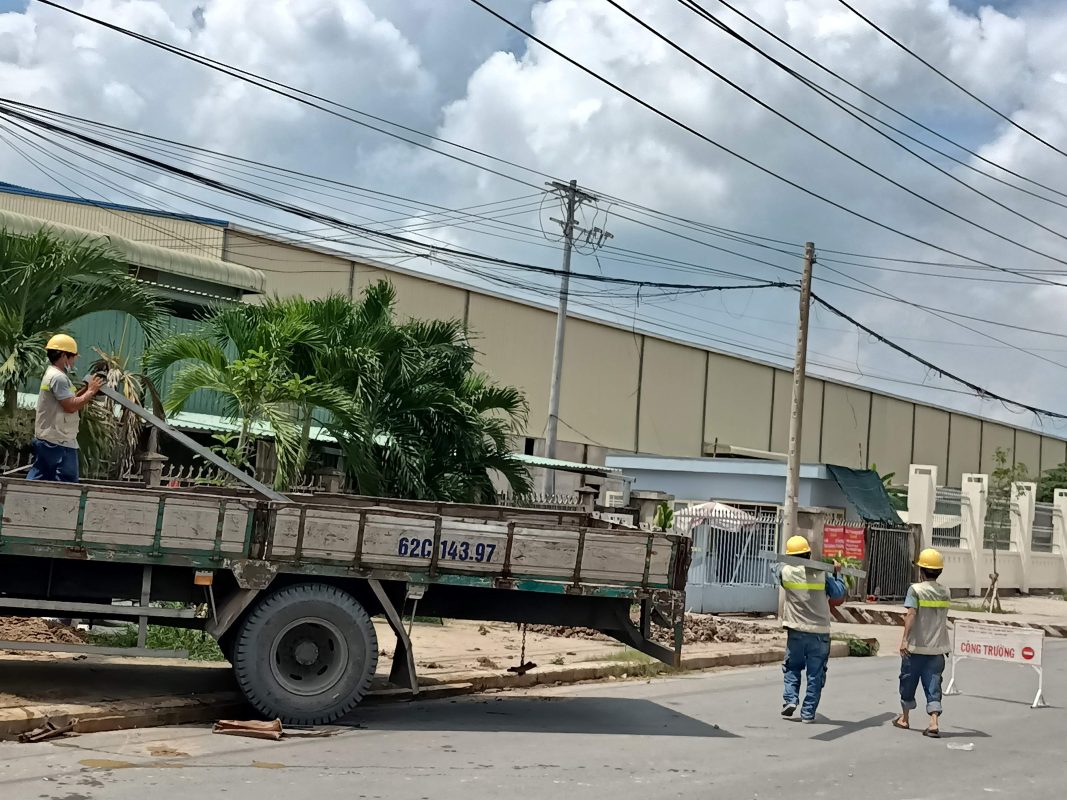The expense of an electromechanical contractor encompasses design, implementation, and maintenance for systems like electricity, HVAC, plumbing, ensuring safety and efficiency.
Key Factors in Electromechanical Contractor Costs
These costs include materials, labor, technical design, project management, alongside logistics and other contingencies. Material choice heavily influences budgets, requiring skilled personnel to meet installation standards for systems like HVAC and fire safety.
Energy Expenses
Significant in operational costs, with components like HVAC, lighting, and elevators vital. Enhancing equipment efficiency and adopting energy-saving technologies can optimize expenses.
Maintenance and Repair
Ongoing upkeep prevents major disruptions, with strategic preventive maintenance and staff training crucial to cost containment.
Labor Costs
Labor is a critical element, covering wages and benefits, with skill development vital for efficiency and cost reduction.
Equipment Costs
Investing in high-efficiency equipment from brands like ABB, Mitsubishi, and Schneider can lower operational and maintenance expenses.
Other Influencing Factors
Additional elements impacting costs include:
- Design and Technical Surveys: Errors can incur high expenses through modifications or penalties.
- Market Prices: Fluctuations in material and labor costs can significantly impact budgets.
- Financial Capacity and Project Management: Poor scheduling and delayed payments affect overall costs.
- Unique Technical Requirements: Complex requirements or specialized materials can increase costs.

Determining Electromechanical Contractor Costs
Cost determination involves detailed planning, precise technical drawings, material quotations, and labor forecasts, with contracts and implementation schedules as key factors. Contingency evaluations are essential for project and budget management.
Identifying electromechanical contractor costs is a complex yet crucial task, necessitating a scientific and accurate approach.
- Work Volume Assessment: Define workload via technical or execution drawings, ensuring precise calculations for installations like cabling, lighting, HVAC, and control equipment.
- Applying Current Construction Standards: Costs are based on current construction standards, including general and management expenses, ensuring compliance with legal requirements.
- General and Management Costs: This component significantly impacts total costs, with variability based on work complexity and equipment specifics.
- Aggregate Cost Calculations: Typically involves adding minor expenses step-by-step to ensure comprehensive material, labor, machinery, and contingency coverage.
- Legal Guidelines and Reference Costs: Documents like Circulars 06/2016/TT-BXD and 12/2021/TT-BXD provide detailed cost management frameworks, crucial for transparency and compliance in contractor selection.
- Percentage Rate Examples: For underground cable design, costs range between 0.85% to 1.9% depending on project scale and voltage.
Cost determination requires precision grounded in clear legal and transparent practices.

Standards for Electromechanical System Installation
Adhering to installation standards is crucial for cost savings. Standards like TCXD 4756:1989 for grounding and TCVN 11:2006 for electrical equipment ensure safety and performance. Strict compliance enhances project management, ensuring stability and safety upon completion.
The application of standards is vital for safe and efficient construction, encompassing steps from request reception to system handover. Detailed construction process includes:
- Request Reception, Survey, and Consultation: Determine suitable technical solutions based on client needs and site conditions.
- Design Plan Development: Draft and prepare electrical system designs based on thorough surveys.
- Construction Preparation: Select and verify materials, ensuring compliance before installation.
- Installation Execution: Follow design plans, ensuring safety and adherence to technical norms like TCVN 5308.
- Inspection and Handover: Conduct inspections, trials, and handovers post-construction.
Adherence to technical standards and guidelines is crucial for safe electrical construction, aligned with standards such as TCVN 5308, 4086, 3146, 4516, and 5639, alongside international norms like ASHRAE, CIBSE, and SMACNA.
Equipment inspection is the final step before system operation. Inspection stages include:
- Static Testing: Evaluate physical and connection aspects pre-operation.
- No-load Test: Ensure system stability under no-load conditions.
- Load Test: Test operation under normal load to verify performance.
Essential safety precautions, such as fire safety compliance with TCVN 2622 and adherence to electrical safety regulations in construction, are critical. Ensuring material and procedural integrity is fundamental to achieving long-term operational safety and efficiency.

Strategically managing electromechanical contractor costs brings technical and investment optimization benefits. Clear element identification and systematization enhance project efficiency.
Contact QuangAnhcons at +84 9 1975 8191 for detailed consultation on optimal electromechanical contractor solutions.
QuangAnhcons offers comprehensive design, implementation, and management services for electromechanical systems in construction projects, promising quality, safety, and efficiency for each project.
[contact-form-7 id="7239967" title="Contact form 1"]


Related Posts
Tay Ninh Solar Power Planning: Technical Framework, Grid Interconnection, and Rollout Roadmap
Technical overview of solar planning in Tay Ninh: irradiation, grid capacity, permitting, design, operations, and [...]
Dec
Binh Duong Solar Planning: Regulatory Framework, Grid Interconnection, and an Implementation Roadmap for Factories and Industrial Parks
An overview of Binh Duong solar planning: legal framework, interconnection, design, risk management, and an [...]
Dec
Solar Farm Repair: O&M Workflow, IV Curve Diagnostics, Thermography, Inverter Service and Utility-Scale Safety
A utility-scale solar farm repair plan centered on O&M, IV curves, thermal imaging, inverter service, [...]
Dec
Dong Nai Solar Power Plan 2023–2025: Tri An 1,029 MW, Grid Upgrades and the DPPA Pathway
A complete look at Dong Nai’s solar power plan: Tri An 1,029 MW, irradiation potential, [...]
Nov
Quang Ngai Solar Power Plan 2024–2030: Legal Framework, Irradiance Potential, and Development Roadmap
A complete look at Quang Ngai’s solar power plan: capacity targets, irradiance (PVout), development zones, [...]
Nov
Solar Damage Assessment Services: On-Site Procedures, EL/IV/Thermography Testing & Compliance with Standards
Discover IEC/UL/NEC standard solar damage assessment processes: on-site evaluation, EL and IV curve testing, thermal [...]
Nov
Comprehensive Package Estimate for a 1800MVA 500kV Substation: Scope, Configuration 3x600MVA, Standards and Timeline Management
An overview of the 1800MVA 500kV substation estimate: construction scope, configuration 3x600MVA, GIS/AIS, SCADA, standards, [...]
Nov
Factory Electrical Systems: Comprehensive Design and Implementation Guide
Discover the detailed and safe process of factory electrical systems design and implementation. [...]
Oct
Blueprints Required for Factory Construction Permits
Discover the necessary blueprints in factory construction permit applications, from floor plans to electrical and [...]
Oct
What Are the Requirements for a Factory Construction Permit? A Comprehensive Guide
Explore the documentation and steps needed to secure a factory construction permit for streamlined project [...]
Oct
Factory Construction Permit Procedures in Vietnam: Essential Guidelines and Documents
Learn the procedures for securing a factory construction permit in Vietnam, focusing on document preparation [...]
Oct
Key Steps in the Factory Construction Process
Discover the essential steps and requirements for building factories. [...]
Oct
Comprehensive Electrical Substation Solutions by Quanganhcons
Discover the cutting-edge electrical substation solutions offered by Quanganhcons for industrial applications. [...]
Oct
Investment Costs for a 1MWp Solar Power System and Influencing Factors
Explore the investment costs for a 1MWp solar power system in Vietnam and the influencing [...]
Sep
QuangAnhcons: Elevating Wind Energy Solutions
Explore QuangAnhcons' leadership in wind energy and renewable solutions in Vietnam. [...]
Sep
Electrical Contractor Strategies at Becamex Industrial Park
Discover the strategic advancements and partnerships of the electrical contractor at Becamex Industrial Park. [...]
Sep
Investment Insights for 1MW Wind Energy in Vietnam: Costs and Opportunities
Discover the detailed analysis of costs and opportunities for investing in 1MW wind energy projects [...]
Sep
Advanced Electrical Installation Solutions by QuangAnhcons
Explore advanced electrical installation solutions and modern technology with QuangAnhcons. [...]
Sep
Enhancing Industrial Electrical Services with Quanganhcons
Discover Quanganhcons' expertise in industrial electrical services, offering efficient and sustainable power systems. [...]
Sep
Comprehensive MEP Solutions by QuangAnhcons: From Design to Maintenance Excellence
Discover optimal MEP solutions with QuangAnhcons, dedicated to excellence from design through maintenance. [...]
Sep